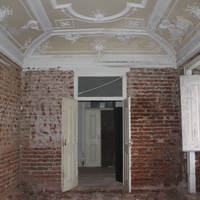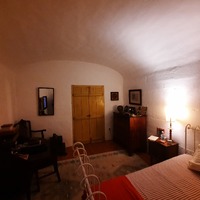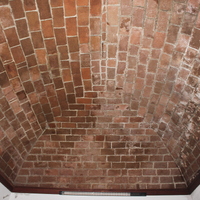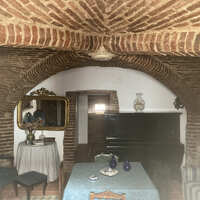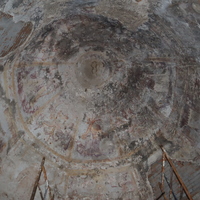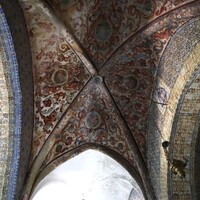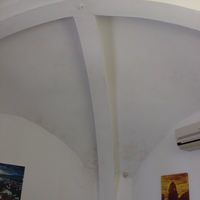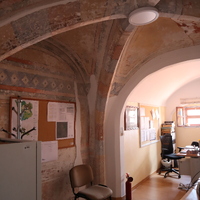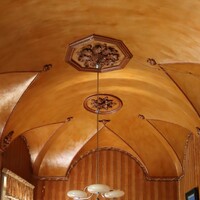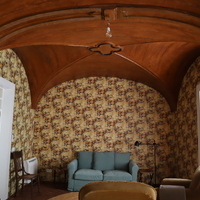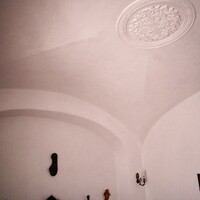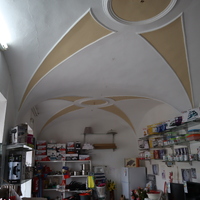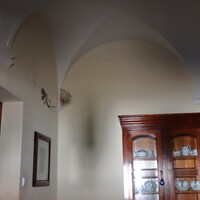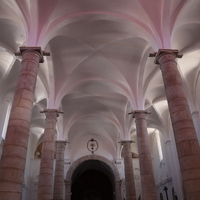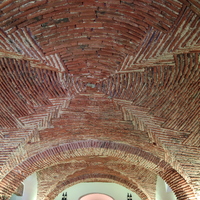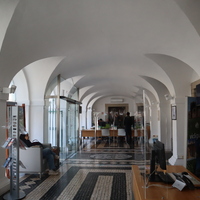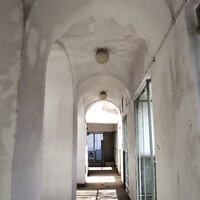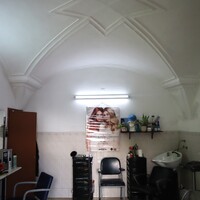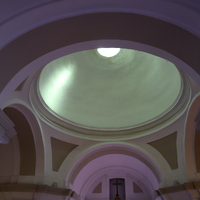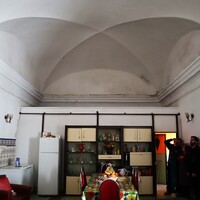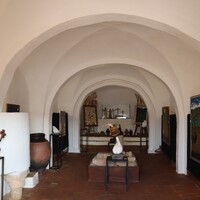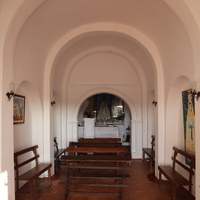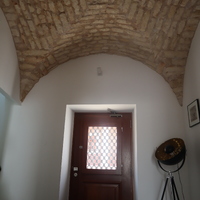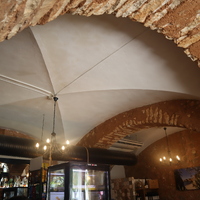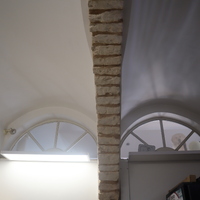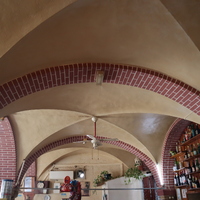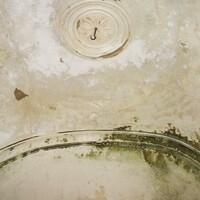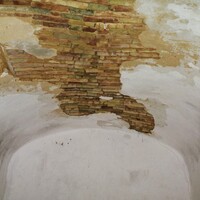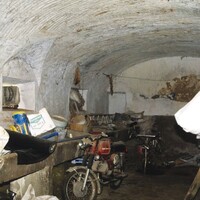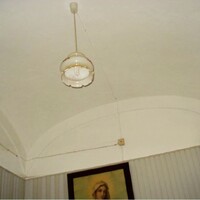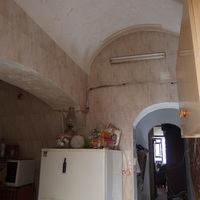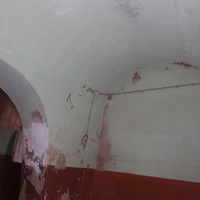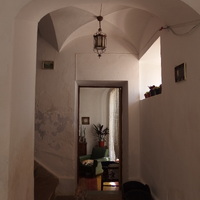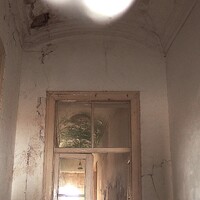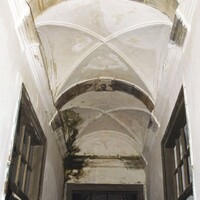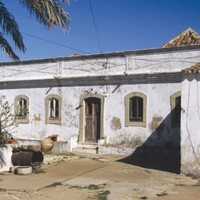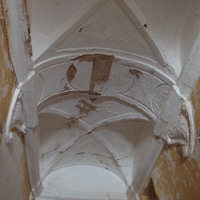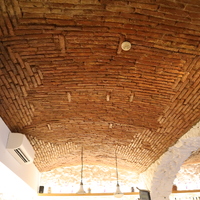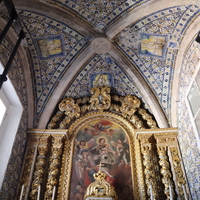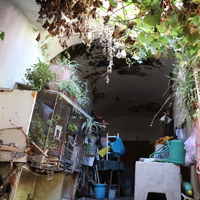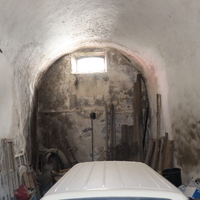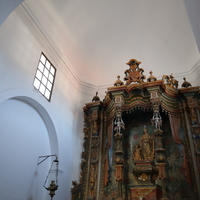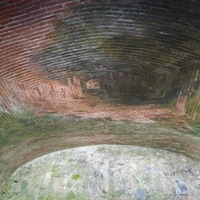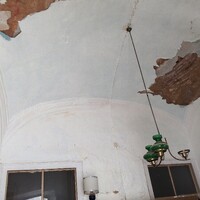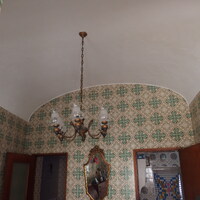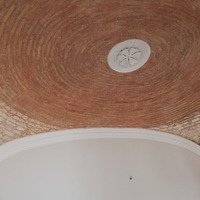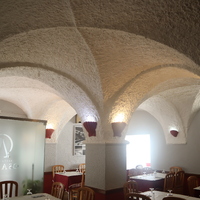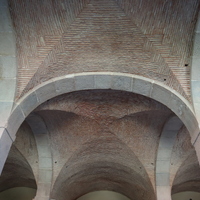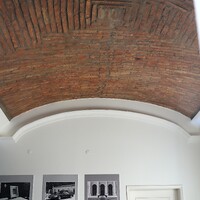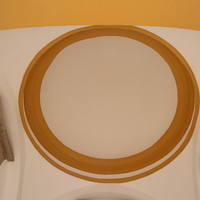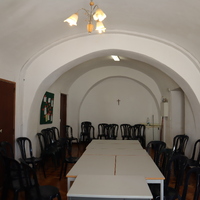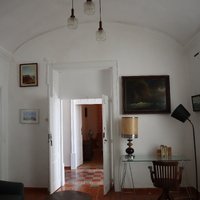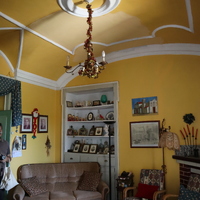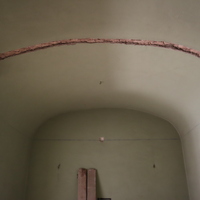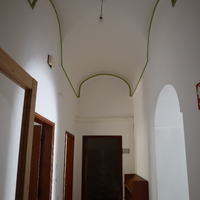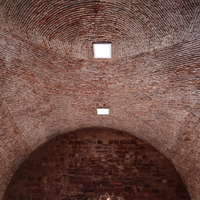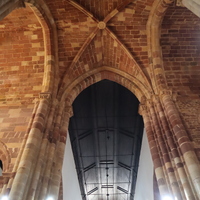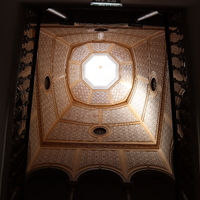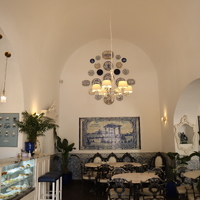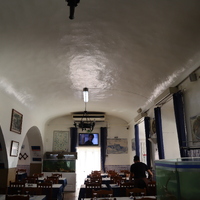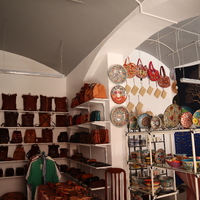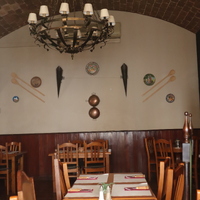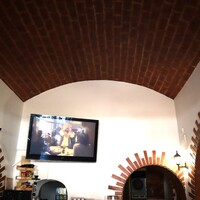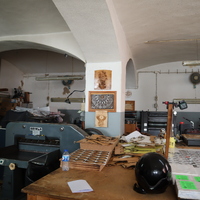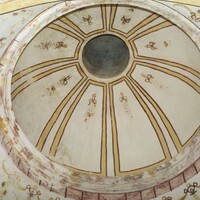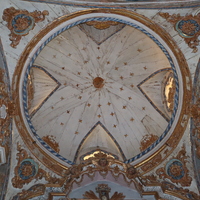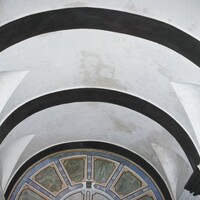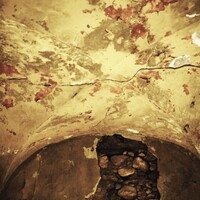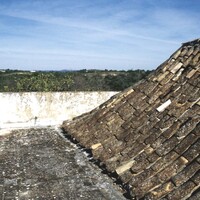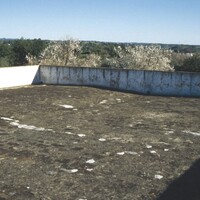Elementos Construídos
ALENTEJO
-
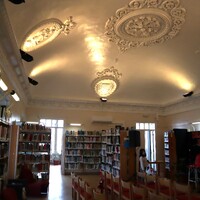
Biblioteca Municipal de Moura
-
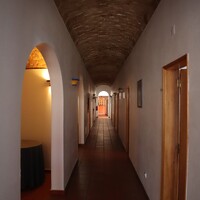
Casa - Hotel Passagem do Sol
-
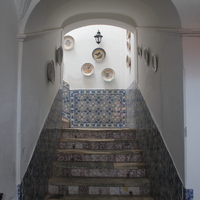
Casa - Largo Diogo de Oliveira
-
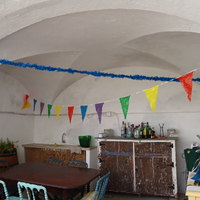
Casa - Rua Conselheiro Augusto de Castro
-
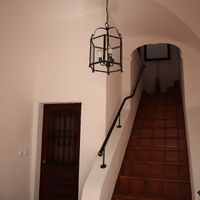
Casa - Rua Conselheiro Augusto de Castro
-
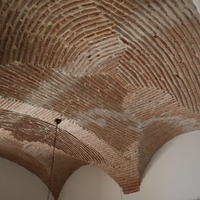
Casa - Rua Conselheiro Augusto de Castro
-
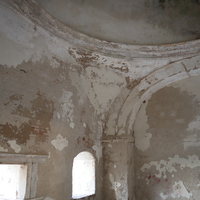
Convento das Freiras Dominicanas
-
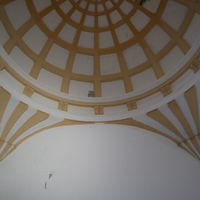
Convento de São Francisco
-
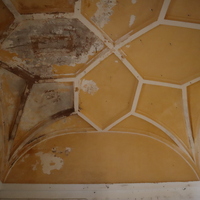
Convento do Carmo
-
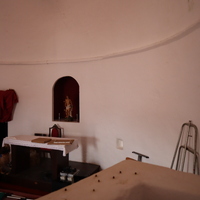
Ermida de São Sebastião
-

Grémio Agrícola de Moura
-

Igreja de São Francisco
-
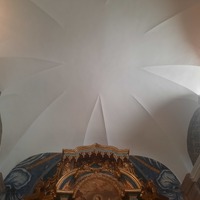
Igreja de São Pedro
-
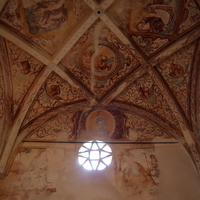
Igreja do Espírito Santo
-
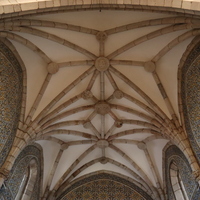
Igreja Matriz de Moura
-
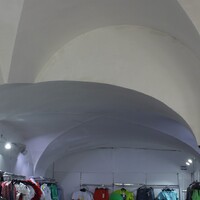
Loja - Boutique Fashion
-

Loja - Café São João
-

Loja - Casa Palma
-
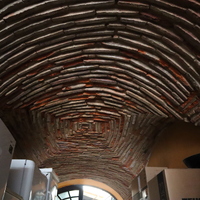
Loja - Eletrodomésticos
-
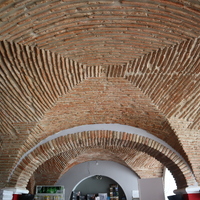
Loja - Eletrodomésticos José Machado
-
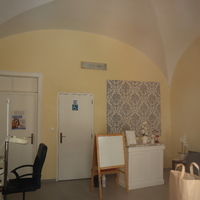
Loja - Esteticista Tânia Figueira
-
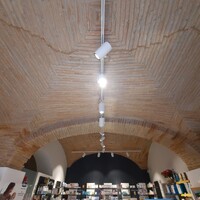
Loja - Farmácia Rodrigues
-

Loja - Geladaria Caprixus
-
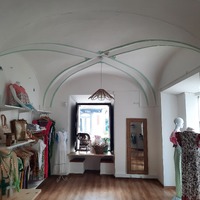
Loja - Kmimo
-
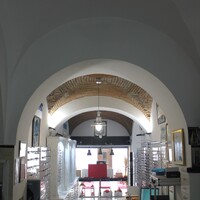
Loja - Oculista Machado
-
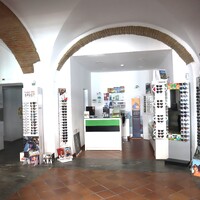
Loja - Oculista Pinto
-
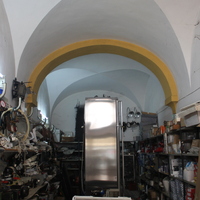
Loja - Oficina de reparações elétricas
-
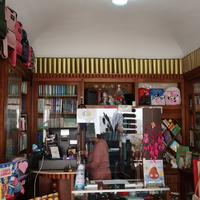
Loja - Papelaria Jopal
-
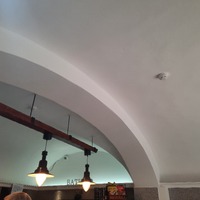
Loja - Pastelaria Mouraria
-
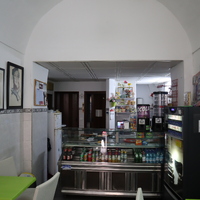
Loja - Pastelaria Zé
-
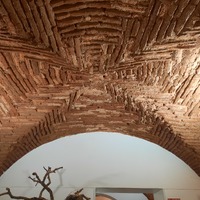
Loja - Restaurante Andre's
-
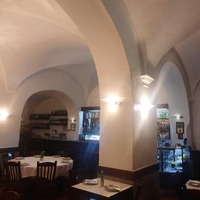
Loja - Restaurante O Trilho
-
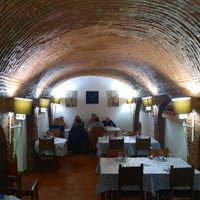
Loja - Restaurante O Túnel
-
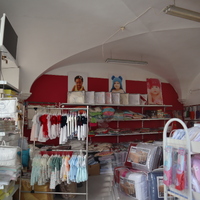
Loja - Roupa Infantil
-
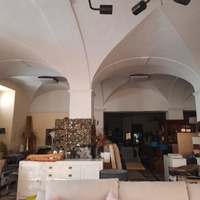
Loja - Zago, Camas e Colchões
-
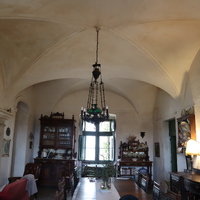
Monte do Ameixial
-
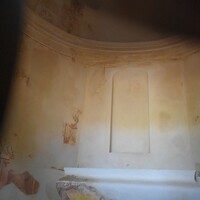
Capela da Giesteira
-
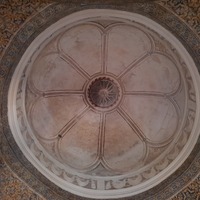
Capela de Santo António
-
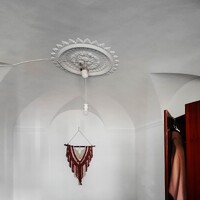
Casa - Rua dos Combatentes
-
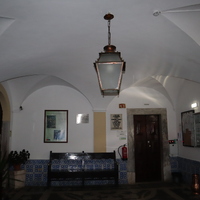
Casa Borja de Meneses
-
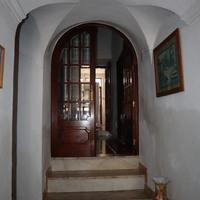
Casa Marques
-

Casa Mestre Paiva
-
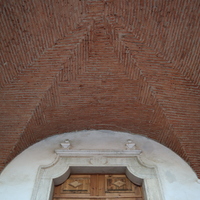
Convento dos Capuchos
-
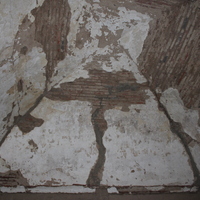
Ermida de Nossa Senhora da Consolação
-
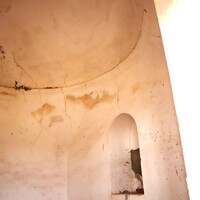
Ermida de Nossa Senhora da Serra
-
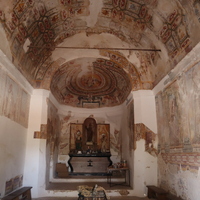
Ermida de São Brás e de Santo Amaro
-
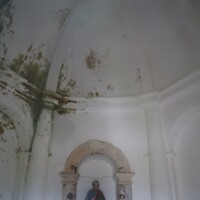
Ermidas de São Pedro
-
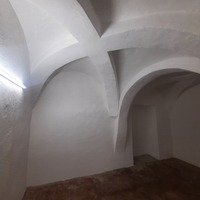
Hospital do Espírito Santo
-
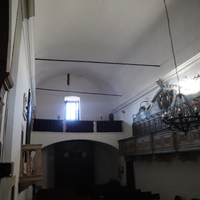
Igreja da Misericórdia
-
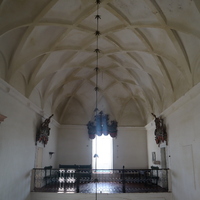
Igreja do Espírito Santo
-
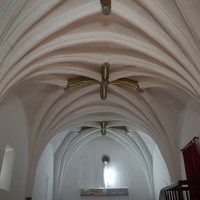
Igreja Matriz de Santana
-
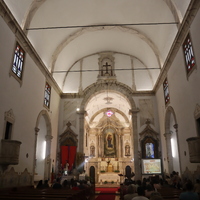
Igreja Matriz de Portel
-
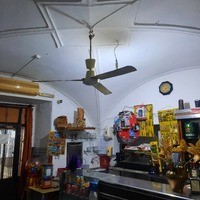
Loja - Café Coxinho
-
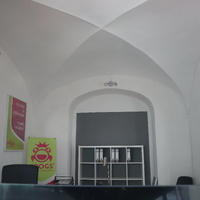
Loja - Imobiliária Frogs
-
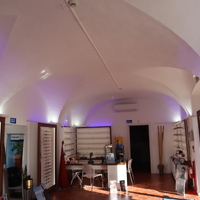
Loja - Institutoptico
-
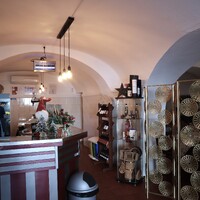
Loja - Restaurante São Pedro
-
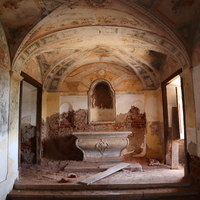
Monte da Balsa
-
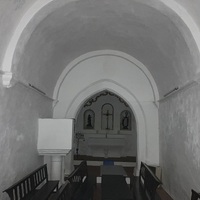
Capela de São Roque
-
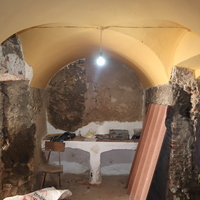
Casa - Rua da Figueira
-

Casa - Rua de Sevilha
-
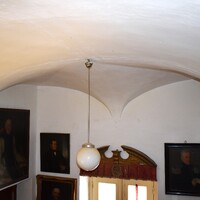
Casa - Rua dos Canos
-
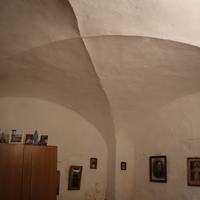
Casa - Rua Roque da Costa
-
![[Sem título]](https://projetos.dhlab.fcsh.unl.pt/files/square/6662a4588dcc32da0a1df827d876953609db1c9d.jpg)
[Sem título]
-

Casa do Povo
-
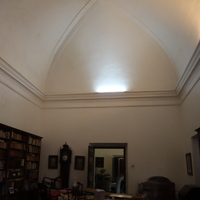
Casa Gavião Peixoto
-
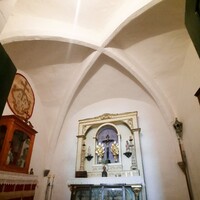
Casa Rocha
-
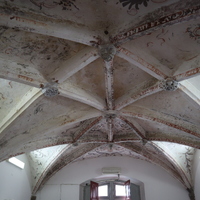
Convento de São Francisco
-
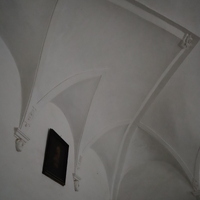
Convento de São Paulo
-
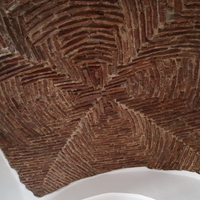
Convento do Mosteirinho
-
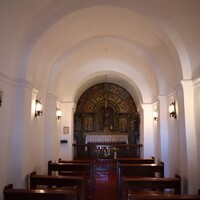
Ermida de Nossa Senhora de Guadalupe
-
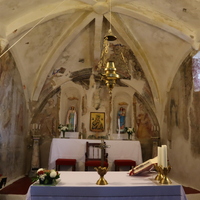
Ermida de Santa Iria
-
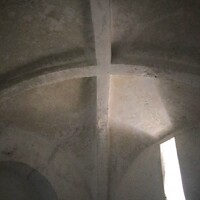
Ermida de Santana
-
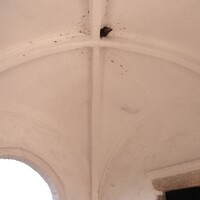
Ermida de São Pedro
-
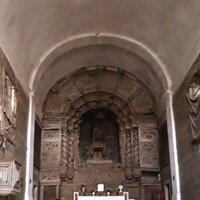
Igreja da Saúde
-
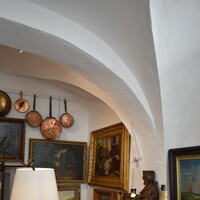
Loja - Antiguidades
-
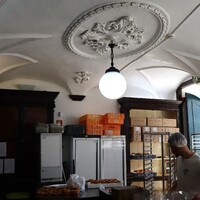
Loja - Casa Paixão
-
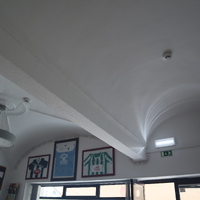
Loja - Cervejaria O Lebrinha
-
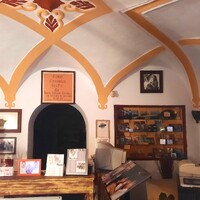
Loja - Foto Favinha
-
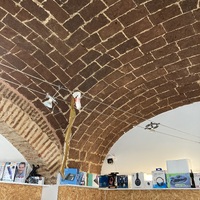
Loja - PaxOcean
-
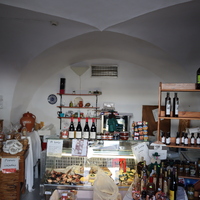
Loja - Praça da República
-
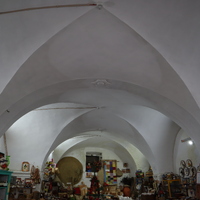
Loja - Praça da República
-
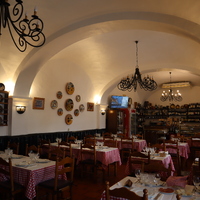
Loja - Restaurante O Alentejano
-
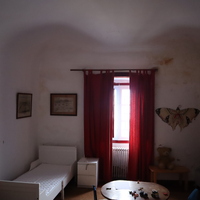
Monte do Peixoto
-
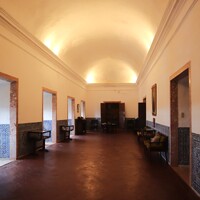
Palácio Ficalho
-
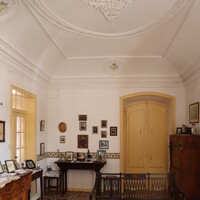
Quinta da Marreira
-
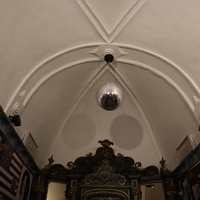
Quinta de São Brás
-

Sindicato Agrícola
-

Vila Mariana
ALGARVE
-
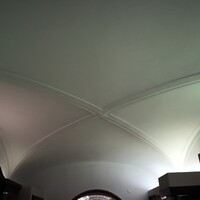
Loja - Ourivesaria F. Laginha & Irmão
-
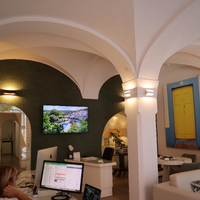
Loja - Imobiliária Quintas & Casas
-
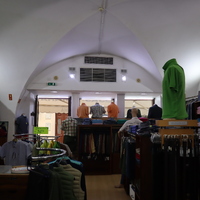
Loja - Tininha
-
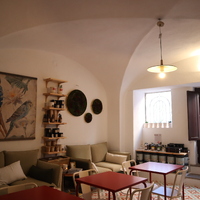
Loja - Maison Sandra Jaime
-
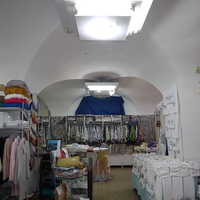
Loja - Algarlar
-
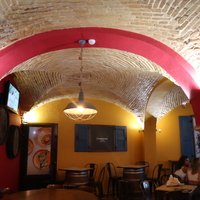
Loja - Taberna dos Frades
-
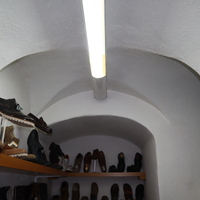
Loja - Sapataria Casa Verde
-
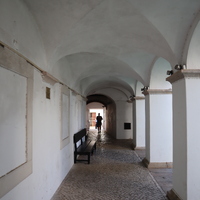
Convento do Espírito Santo
-
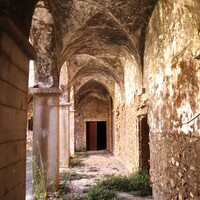
Convento de Santo António
-
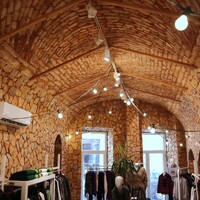
Loja - Lanidor
-
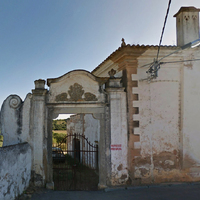
Quinta do Rosal
-
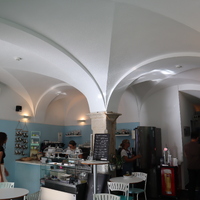
Loja - Casa de Chá Atelier dos Mimos
-
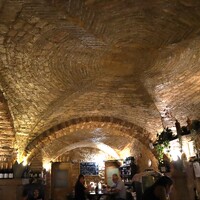
Loja - Restaurante Bicas Velhas
Elementos Construídos
Selecção de edifícios com abóbadas de tijolo como sistema de cobertura ou de pavimento localizados no sul de Portugal. Este conjunto de dados corresponde ao levantamento de construções a partir de trabalho de campo no Baixo Alentejo e no Algarve e consiste numa primeira sondagem a um universo mais extenso. Optou-se por designar este conjunto/amostragem como "Elementos Construídos", uma vez que abrange diferentes tipos de edifícios, em termos de usos, de enquadramento e de implantação em termos de consistência construtiva e contexto cultural.
O objectivo desta compilação de edifícios com abóbadas reside em primeiro lugar na indagação básica da variedade de geometrias e sistemas construtivos, as suas extensões geográficas e temporais e da convergência, ou não, com as fontes escritas. É preciso saber que pormenores construtivos, e até culturais, se poderiam identificar a partir de fontes ditas eruditas, ou no mínimo escolarizadas/escolares/cultas em contextos mais populares. Por isso mesmo, começou-se pelas construções com um cunho erudito, como os palácios, casas nobres, conventos, mosteiros, igrejas e ermidas, com mais propensão para o conhecimento técnico aprendido das fontes escritas, da mesma maneira que se integrou a sistematização das casas correntes e do saber-fazer de mestres abobadeiros transmitido ao longos dos últimos séculos.
A partir desses pontos de referência, as escolhas foram feitas atendendo à riqueza das construções e uma possível representatividade, tanto cronológica, quanto tipológica, coligindo edifícios eruditos e populares, e sempre que possível também geográfica. Nesse sentido, procurou-se explorar exemplares meridionais nas seguintes regiões do Alentejo e Algarve. Mas, em última análise, o objectivo de fundo foi sempre a expectativa de poder fazer, ou pelo menos vislumbrar, a possibilidade de articulação entre as construções vernáculas abobadadas e o saber codificado ou teorizado sobre as técnicas construtivas, enfim, questionar os sentidos e as vias de transmissão de conhecimento.
Built Elements
Selection of buildings with brick vaults as a roof or floor system located in the south of Portugal. This set of data corresponds to the content survey of buildings from the fieldwork campaigns in Baixo Alentejo and the Algarve from an initial exploration within the general universe. It was decided to designate this set as "Built Elements", since it encompasses different types of buildings, in terms of uses, setting and implantation in terms of constructive consistency and cultural context.
The objective of this compilation of buildings with vaults lies firstly in the basic inquiry into the variety of geometries and construction systems, their geographical and temporal extensions and their convergence, or not, with written sources. It is necessary to know which construction details, and even cultural ones, could be identified from so-called erudite sources, or at least schooled/educational/cultured in more popular contexts. For this reason, we began with buildings with an erudite character, such as palaces, noble houses, convents, monasteries, churches and chapels, with a greater propensity for technical knowledge learned from written sources, in the same way that the systematization of current houses and the know-how of master vaulters transmitted over the last centuries was integrated.
From these reference points, the choices were made taking into account the richness of the constructions and a possible representativeness, both chronological and typological, bringing together erudite and popular buildings, and whenever possible, also geographic. In this sense, we sought to explore southern examples in the regions of Alentejo and the Algarve. But ultimately, the fundamental goal was always the expectation of being able to make, or at least glimpse, the possibility of articulation between vernacular vaulted constructions and codified or theorized knowledge about construction techniques. Finally, it aimed to question the meanings and ways of knowledge transmission.
Casos de estudo por região / Case studies by regions:

